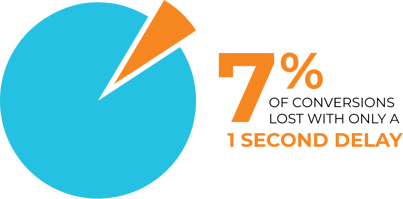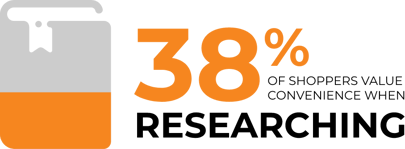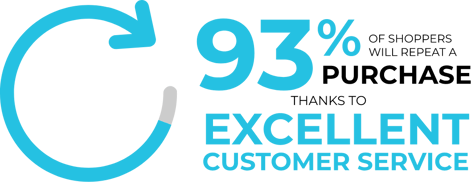There’s no denying that 2020 has thrown us an economic curveball. After months spent in various stages of lockdown in cities across the globe, we’re beginning to see concrete evidence of the changes in consumer behaviour, from retail to dining to medical services, with some of them happening overnight. What are some of the biggest changes we’ve seen after a large percentage of the population spent months at home? Online shopping, of course.

At this point, we’ve seen businesses already set up for e-commerce cashing in, while businesses without an online presence are beginning to falter and, in some cases, fail. BDC is of the opinion that some consumer behaviours sparked by the Covid-19 quarantine are here to stay. To quote their Director of Business Innovation and Technology, Jean-Philippe Senneville, “Many new consumer behaviors displayed on a massive scale during the lockdown will become permanent.”
Taking the next step for your business by expanding to include e-commerce is not always as easy as setting up payment methods and choosing a trendy website template. Let’s take a look at some of the ways a well-designed e-commerce experience can consistently convert unmotivated browsers into buyers.
Convenience
The National Retail Federation has dedicated a quarterly report to the topic of convenience in e-commerce. While many shoppers do not place convenience as a priority over price or quality, 97% of online shoppers admit to abandoning a purchase due to inconvenience, and 83% of shoppers feel that convenience is more important today than it was five years ago.

- How searchable are you, in comparison with your competitors?
- Does your website feature clear calls to action and a sense of urgency?
- Do you have multiple payment options and shortcuts including one-step checkout?
- Have you set up automated email reminders for abandoned shopping carts or upcoming appointments?
Many consumers these days are “money-rich, time-poor.” This is the age of 140-character soapboxes on Twitter, instantaneous transportation through services like Uber, and real-time updates on everything from your blood sugar to your dog’s wellbeing at daycare. Consumers aren’t likely to spend time waiting for loading screens or give second chances to a website with a complicated checkout process. Everything on an e-commerce website has to work together to be the most convenient, usable option for your customers.
Speed
Slow and steady may win the race, but e-commerce is more of a sprint than a marathon. You’re racing competitors to launch new products in the marketplace. You’re racing international franchises to beat dinner delivery times. You’re racing retail giants for website load times and intuitive interfaces.
According to Maile Ohye, Google’s Developer Programs Tech Lead, “Two seconds is the threshold for e-commerce website acceptability. At Google, we aim for under a half second.” Slowing a website by even one second can result in losing 7% of conversions.

This doesn’t leave much room for error, and a good website design combined with a wise development team is key to making sure everything loads in fragments of seconds. A knowledgeable designer can make sure every feature is necessary, and that every necessary feature is included, ultimately allowing customers to enjoy a streamlined experience they’ll want to repeat.
Accuracy
Having an accurate website means having an up-to-date website. While amendments can be made, apology emails for out-of-stock products or order errors create delays and lessen customer satisfaction.
A solid website design should be easy to manage and upload new products or services. Bonus points for including product information that isn’t normally included, allowing a potential customer to become better educated. 38% of shoppers value accessible, accurate research. Don’t make your audience dig for the details that define your product and they’ll thank you for it with a purchase.

Appeal
In our article on why design is worth including in a marketing budget, we talked about some of the reasons why investing in design is a smart branding decision. This is no less true in the e-commerce user experience world. We’re catering to the same human audience (yes, even those of you selling pet food). But there are a number of things outside of the look and feel of a website that add to the overall appeal.
Providing the right information goes a long way in making your website appealing. This could include things like answering questions about your business, products or return policies on your website.
Another appealing asset is security. While choosing which images contain cars can get annoying after the third page, using security in a clever and non-intrusive way allows users to feel safe entering personal data and payment details necessary to make a purchase. Hubspot talks about multiple security options, including green-bar SSL and Verisign seals, in their article on designing an e-commerce site for conversions.
With so many different features out there, it’s hard to know exactly which ones are necessary for your viewers to enjoy their online shopping experience. Our team prioritizes industry research for every website project to make sure that your added benefits are visible exactly when they need to be.
Feedback
This concept is one of the big hitters in the SEO world: customer reviews. Not only do they lend a hand in convincing new shoppers that your product is the right one, having a simple interface for customers—satisfied or frustrated—to leave their thoughts will make the shopping experience a more pleasant one. 93% of customers are likely to make repeat purchases with companies who offer excellent customer service.

